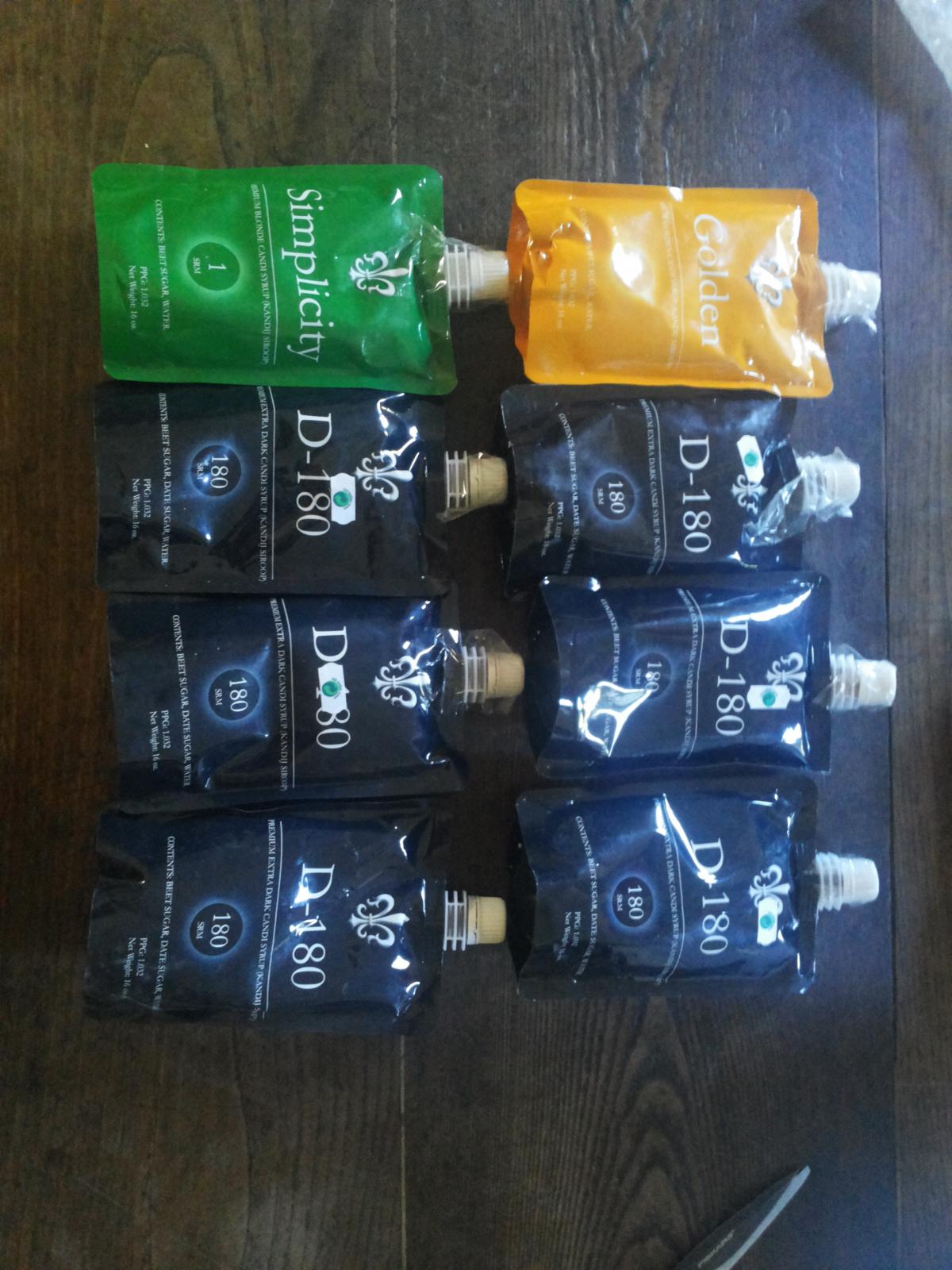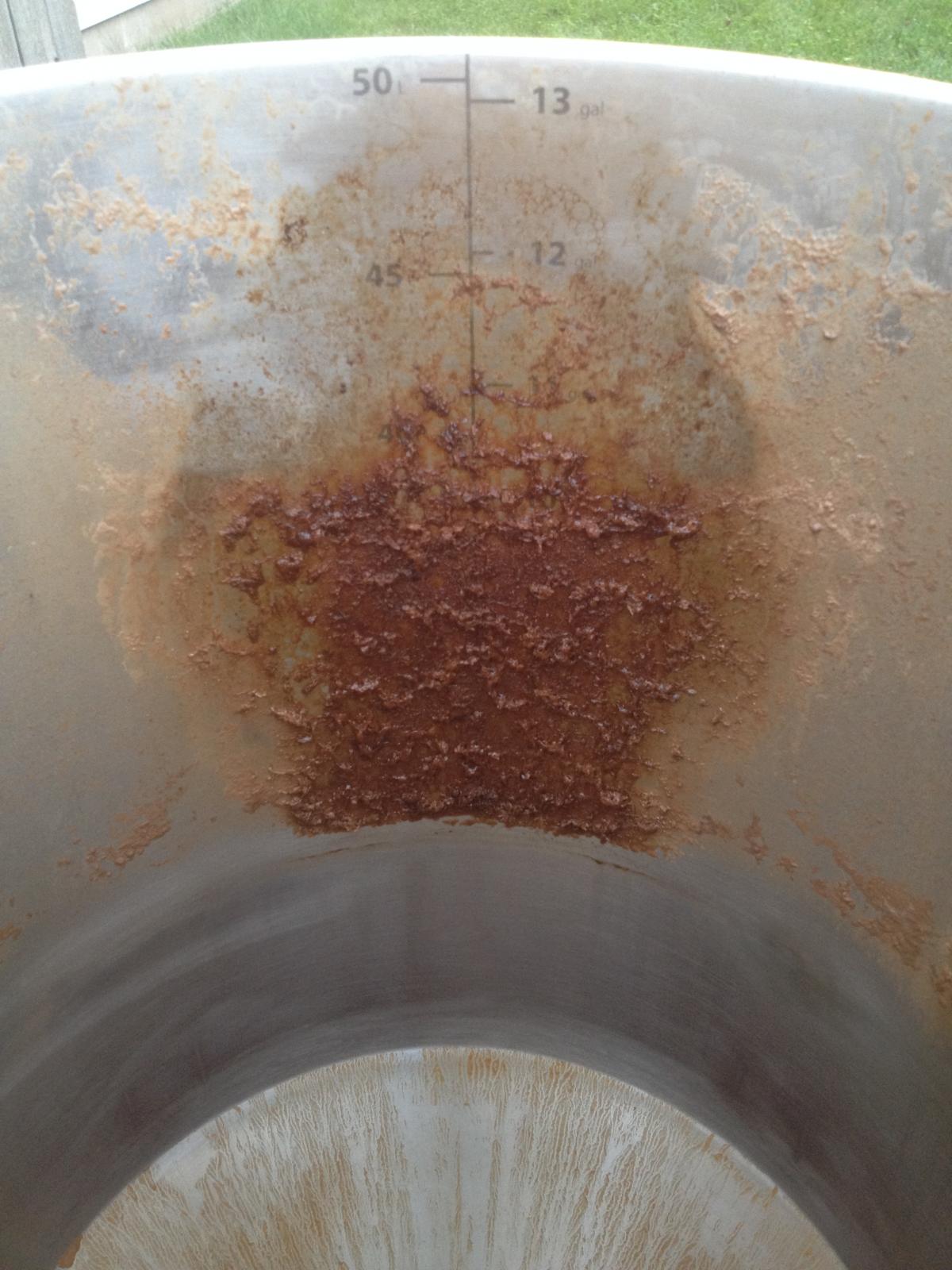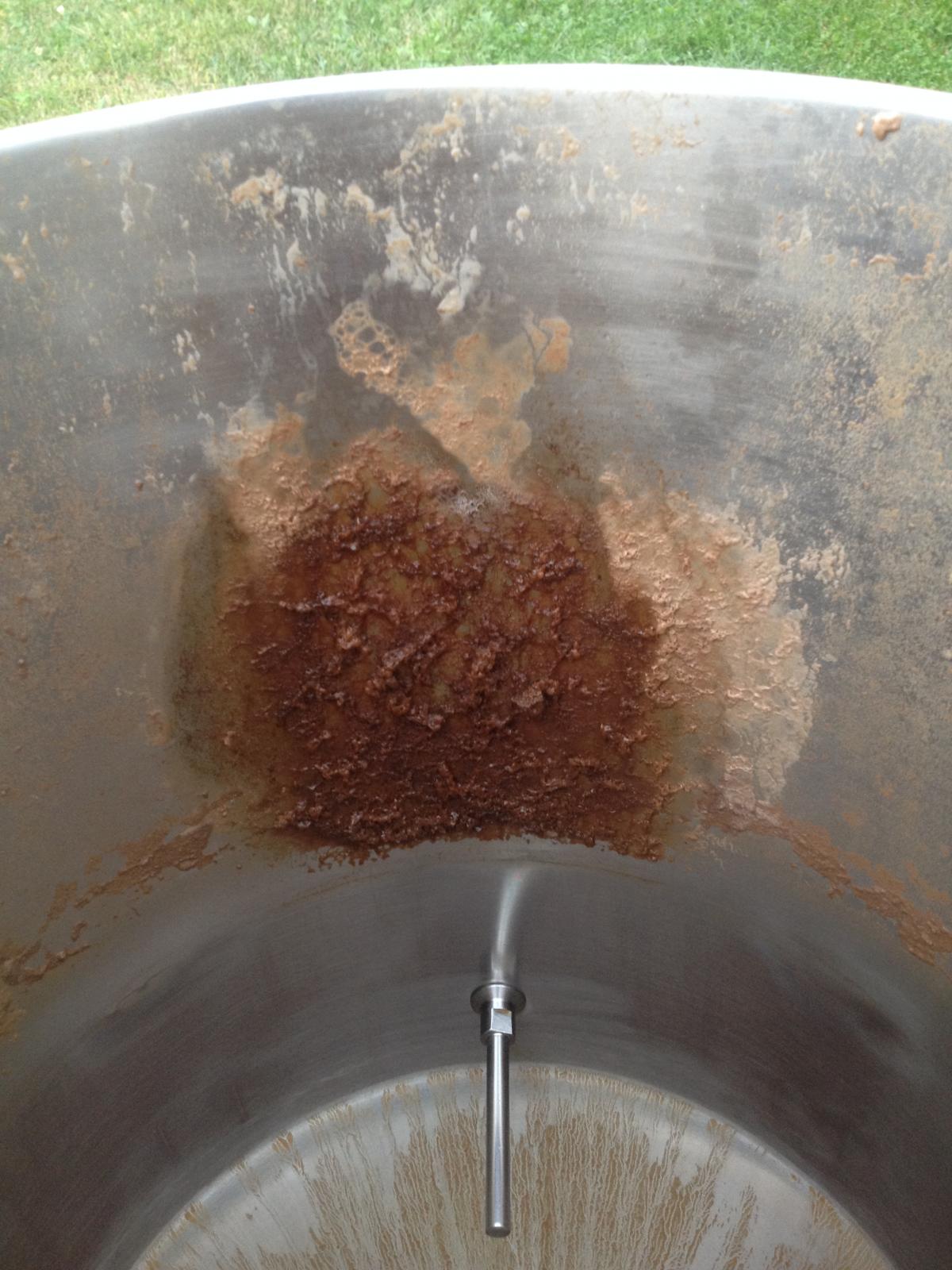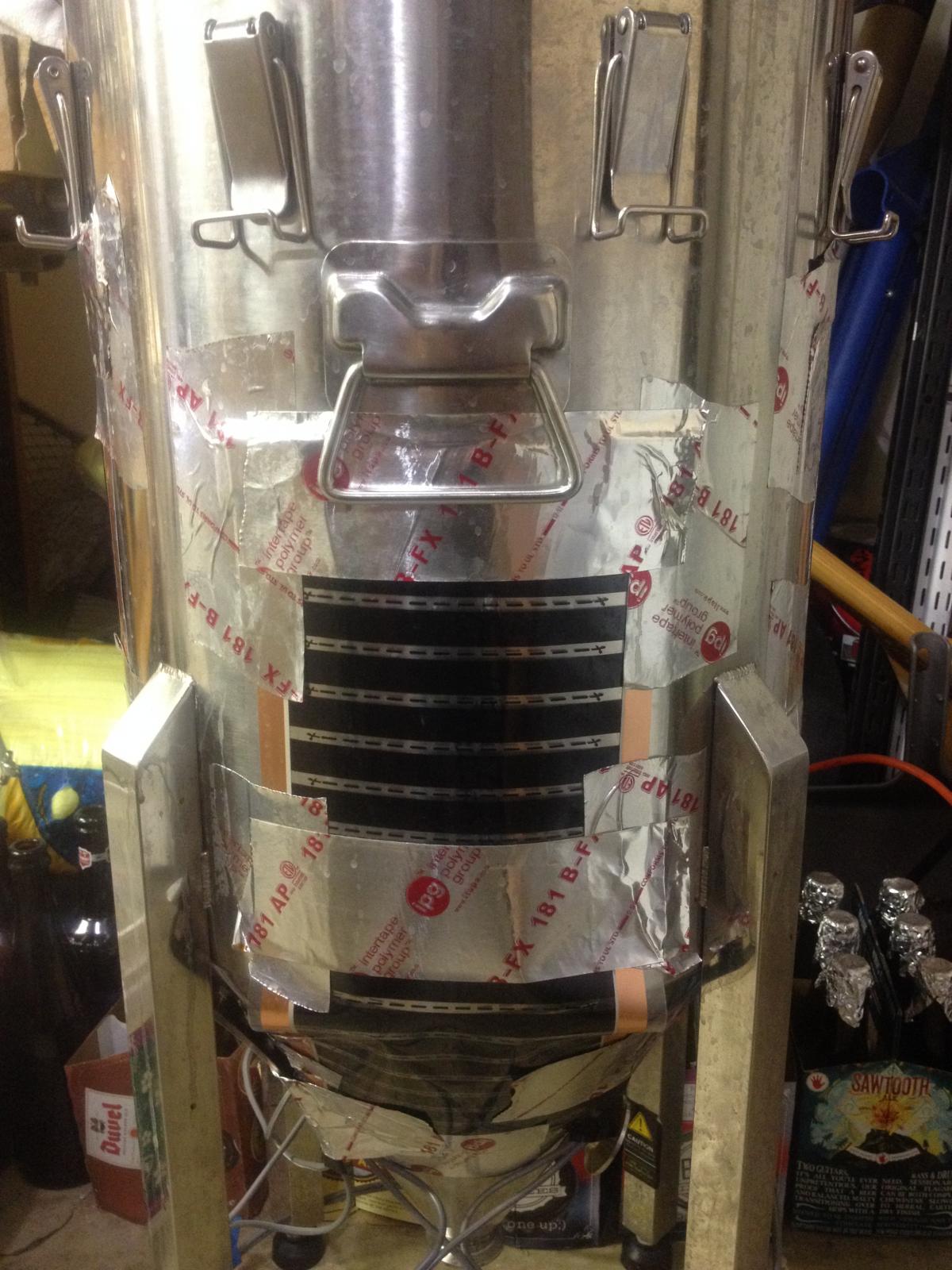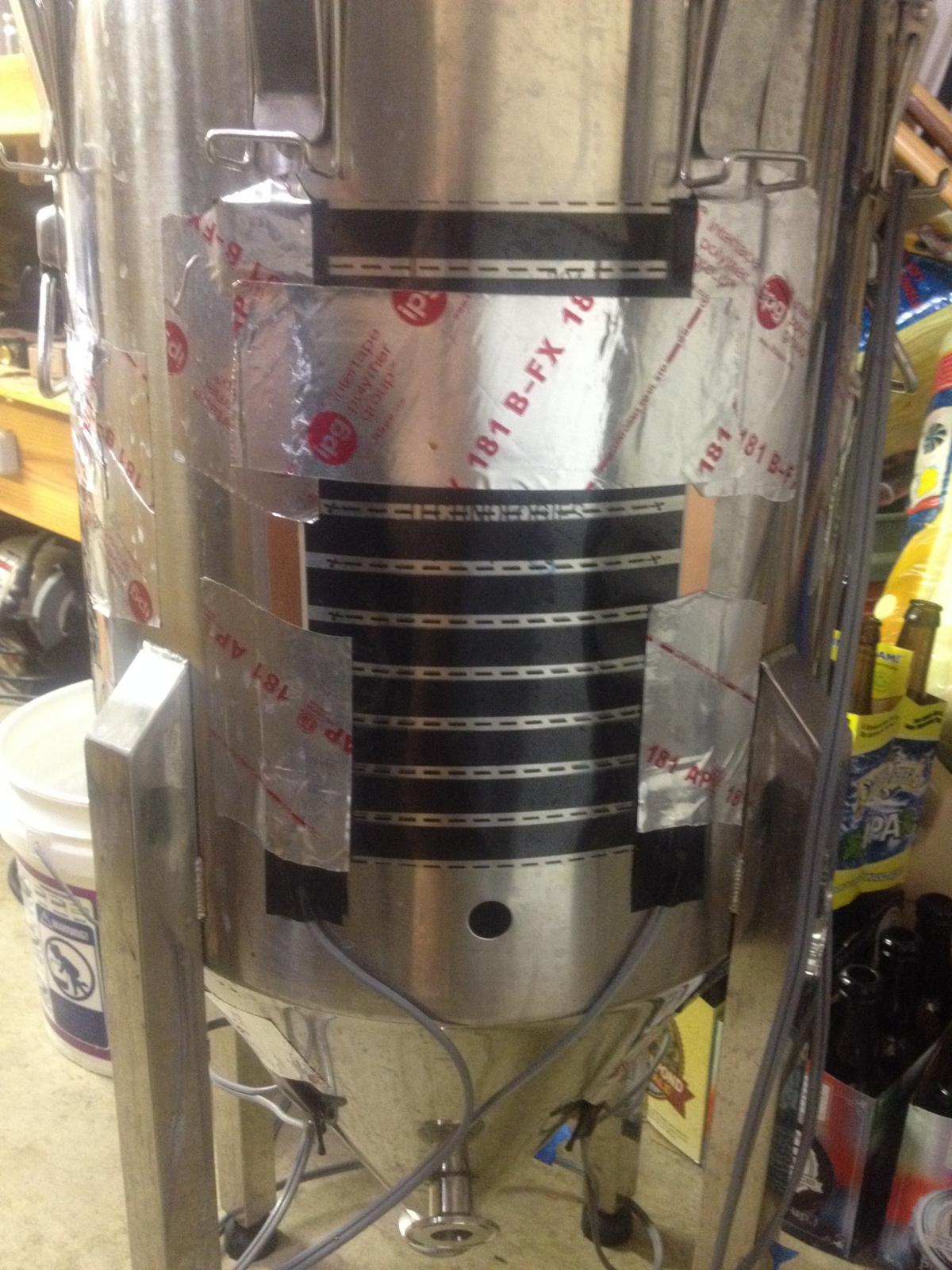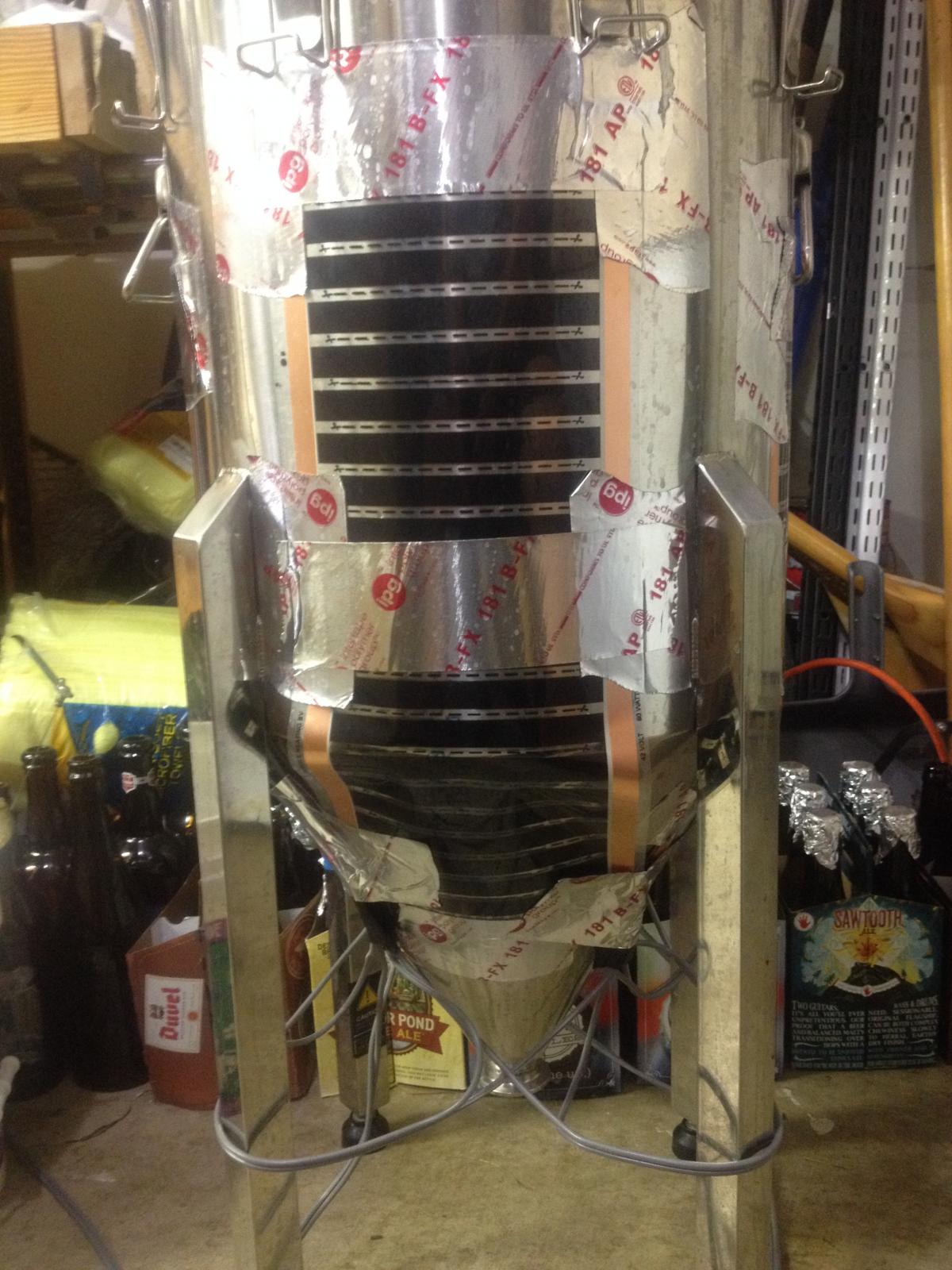This my first attempt at the Westy 12 recipe (thanks all for your hard work). I decided to go with all pilsner malt and I should be pitching a lot of yeast tomorrow morning (4L starter for a 5 gallon batch) that I am decanting over night.
My question is this, should I use a blow off tube or can I trust a bubbler. I'm using a 7 gallon metal fermenter (chapman homebrewing - first use). I figure the extra head space should help, but I recall reading that this is a violent fermenter.
Advice/opinions welcomed.
My question is this, should I use a blow off tube or can I trust a bubbler. I'm using a 7 gallon metal fermenter (chapman homebrewing - first use). I figure the extra head space should help, but I recall reading that this is a violent fermenter.
Advice/opinions welcomed.












![Craft A Brew - Safale S-04 Dry Yeast - Fermentis - English Ale Dry Yeast - For English and American Ales and Hard Apple Ciders - Ingredients for Home Brewing - Beer Making Supplies - [1 Pack]](https://m.media-amazon.com/images/I/41fVGNh6JfL._SL500_.jpg)


































